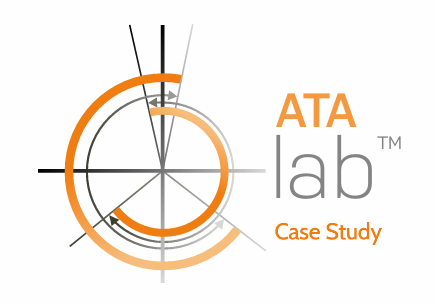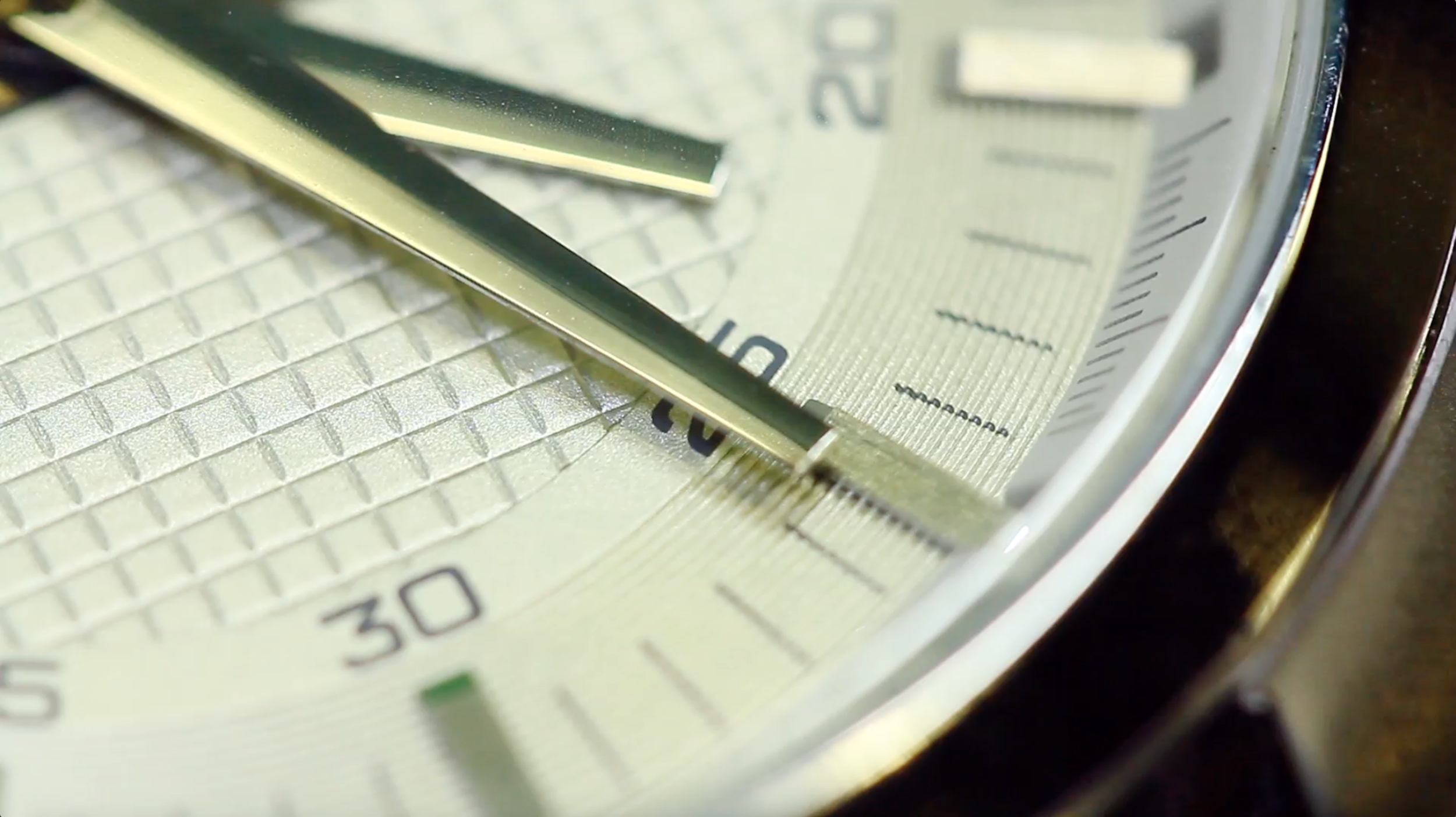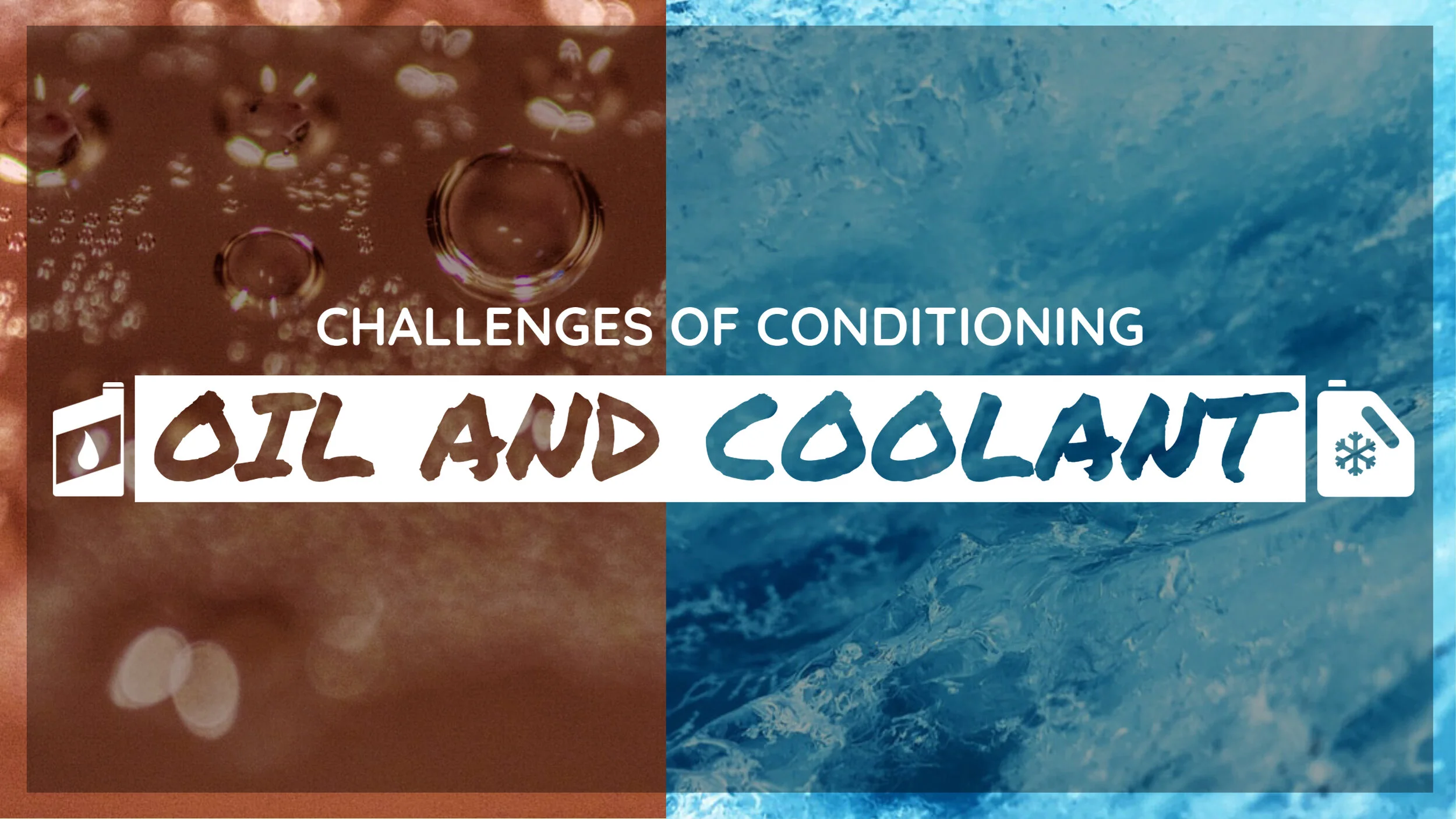Case Study Title: Engine Scavenge Pump Testing
Client Type: Aerospace Manufacturer
Scope and Capabilities:
This project characterized the performance of single-stage standard oil gear pumps operating as air–oil scavenge pumps for bearing cavity and gearbox applications. Testing focused on mapping pump capability under varying conditions, including air flow demand versus pressure rise and cavitation behavior. ATA was responsible for the design, assembly, and instrumentation of the test rig, while the customer provided hardware and best practices. The system integrated flow visualization, precision instrumentation, and high-speed data acquisition to capture detailed pump performance and cavitation phenomena under controlled conditions. The test was dynamically modified as data was collaboratively reviewed by ATA and the client, to best optimize useful data that was collected.
Key Features:
The setup incorporated an oil tank, electric motor drive, air/oil mixing chamber, an air flow meter, an oil slave pump, and a transparent flow section compatible with high-speed imaging. Instrumentation enabled comprehensive measurements of pump housing temperature, inlet and outlet pressures, oil temperature, pump speed, torque, oil tank temperature, air flow, oil flow, and oil quality. The system operated within defined limits of up to 500 psia outlet pressure and oil temperatures as high as 250°F. Transient data acquisition recorded all parameters at a sampling rate of 10–20 Hz, while transparent rig sections and high-speed cameras provided visualization of flow patterns. Testing was carried out under multiple builds and conditions, covering a wide range of speeds, flows, temperatures, and pressure differentials.
Deliverables:
The project deliverables included comprehensive transient data sets for all measured parameters, with results communicated through detailed mapping of air flow demand versus pump pressure rise. Supporting documentation featured rig and piping photographs as well as images of pump disassembly, highlighting wear or contact on gear bores, housing, and plate end faces. Complete rig schematics with plumbing components and dimensions were also provided. A structured data retention plan ensured secure archiving of all results for periods of two years, seven years, or up to the full product life plus fifteen years, as required.



